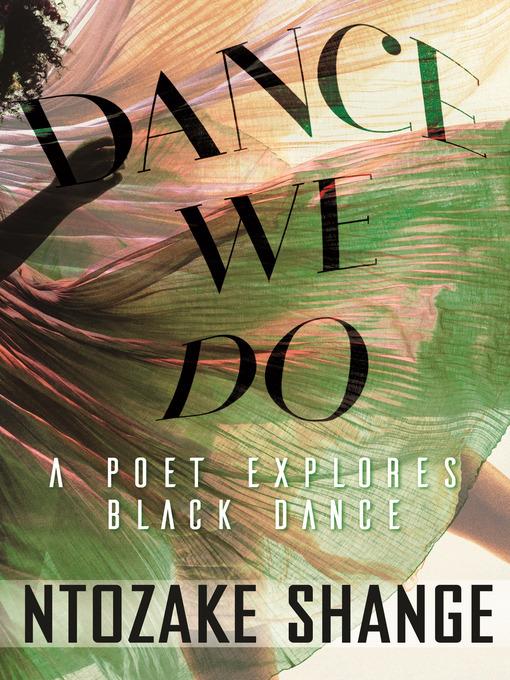
Dance We Do
A Poet Explores Black Dance
کتاب های مرتبط
- اطلاعات
- نقد و بررسی
- دیدگاه کاربران
نقد و بررسی

September 1, 2020
Playwright and poet Shange sometimes mixed artistic forms, as in one of her best-known plays, for colored girls who have considered suicide / when the rainbow is enuf. Dubbed a "choreopoem," this Obie-winning mix of poetry, music, and dance is just one instance where Shange's deep love of dance meshed with her talent for the written word. In the midst of recovering from a stroke, Shange conducted and edited interviews and tributes to dancers who taught and influenced her and the Black dance movement in general. This book, which Shange began working on in the 1990s, was published posthumously (Shange died in 2018). With ample homage to choreographer Katherine Dunham, her essays focus on lesser-known figures in the Black dance world: those with whom Shange interacted, as a student, a colleague, or both. Shange's recollections are often personal and include informal interview transcripts that chronicle those who influenced the dancers whose work impacted her. Many of the subjects, and Shange herself, stress how little attention has historically been paid to Black dancers and dance movements, leaving a gap that this book at least partially fills. An introduction and afterword place the work in the context of Shange's life. The glossary and brief biographies of the dancers and choreographers featured are helpful. VERDICT Of interest to those familiar with Shange's written work, and generally to dancers and dance historians.--Maggie Knapp, Trinity Valley Sch., Fort Worth, TX
Copyright 2020 Library Journal, LLC Used with permission.

October 15, 2020
In this, the first work of Shange's (Wild Beauty, 2017) to be published posthumously (she died in 2018), the poet, novelist, playwright, and performer pays homage to [her] remarkable teachers, the discipline of the companies [she] worked with, and the musicians who were . . . partners in this driven and focused art form. She begins with an exploration of the place of that dance held in her life, then moves to recollections of and interviews with 11 dancers and choreographers, including Dianne McIntyre, Mickey Davidson, Ed Mock, Halifu Osumare, and Camille A. Brown. The book also includes brief artist biographies and a glossary of dance terms by Davidson, McIntyre, and Osumare. Writer and activist Alexis Pauline Gumbs writes in the book's foreword about how Shange uses the connection between language and movement to push each form to its limit. An elegant and eloquent work by an artist who left us too soon that recognizes and celebrates the unique contributions of Black dancers and choreographers.(Reprinted with permission of Booklist, copyright 2020, American Library Association.)

























دیدگاه کاربران